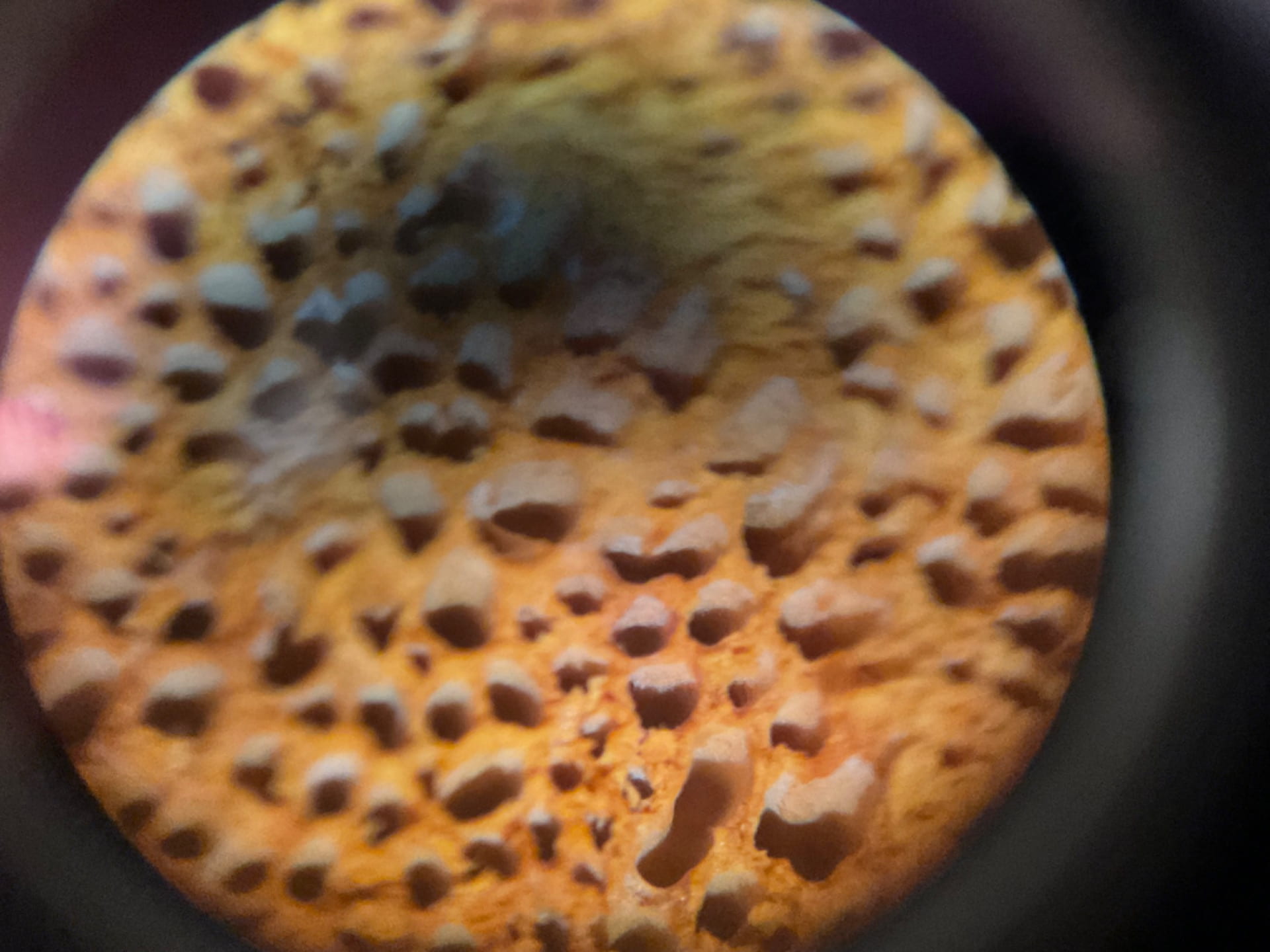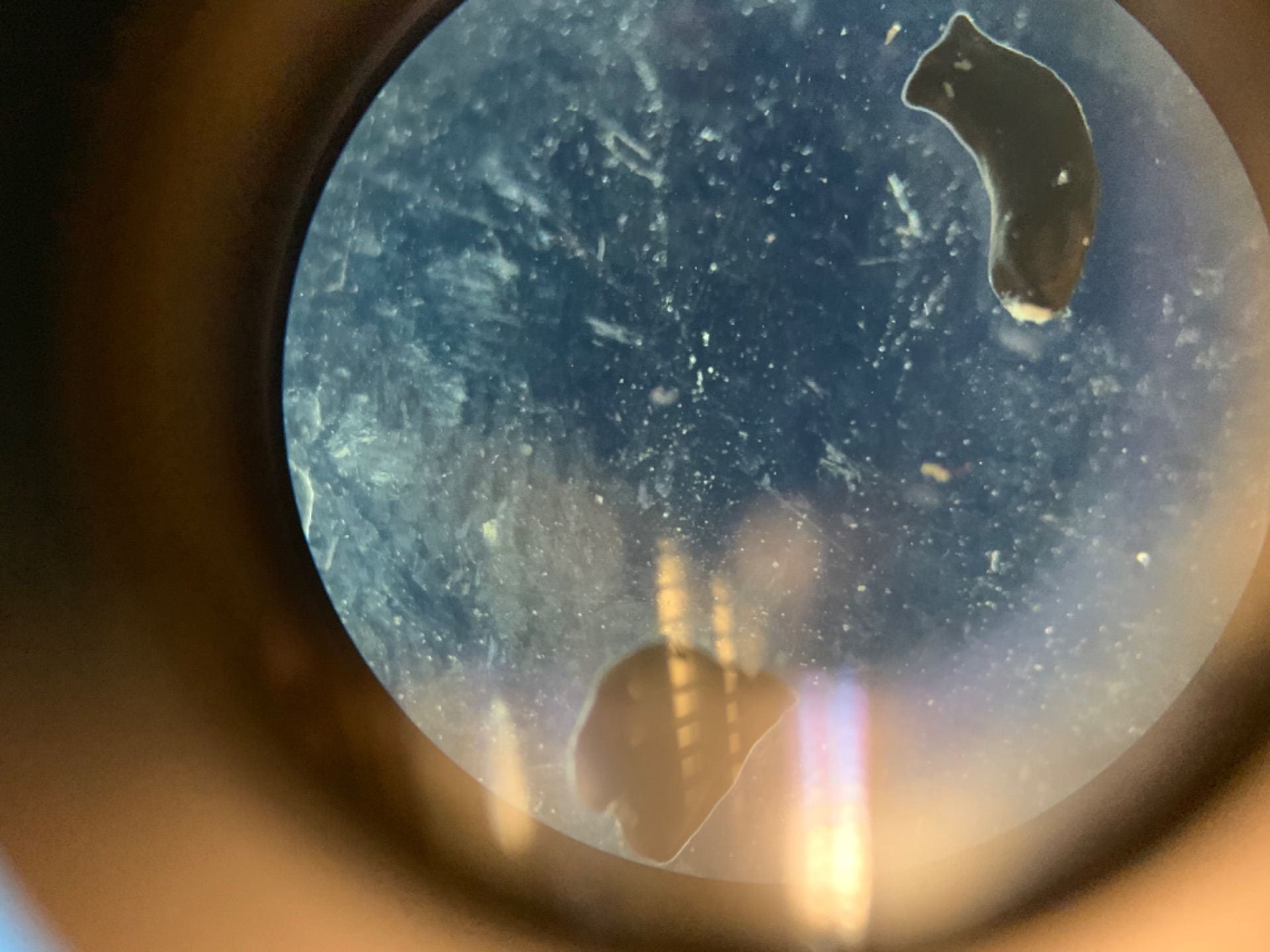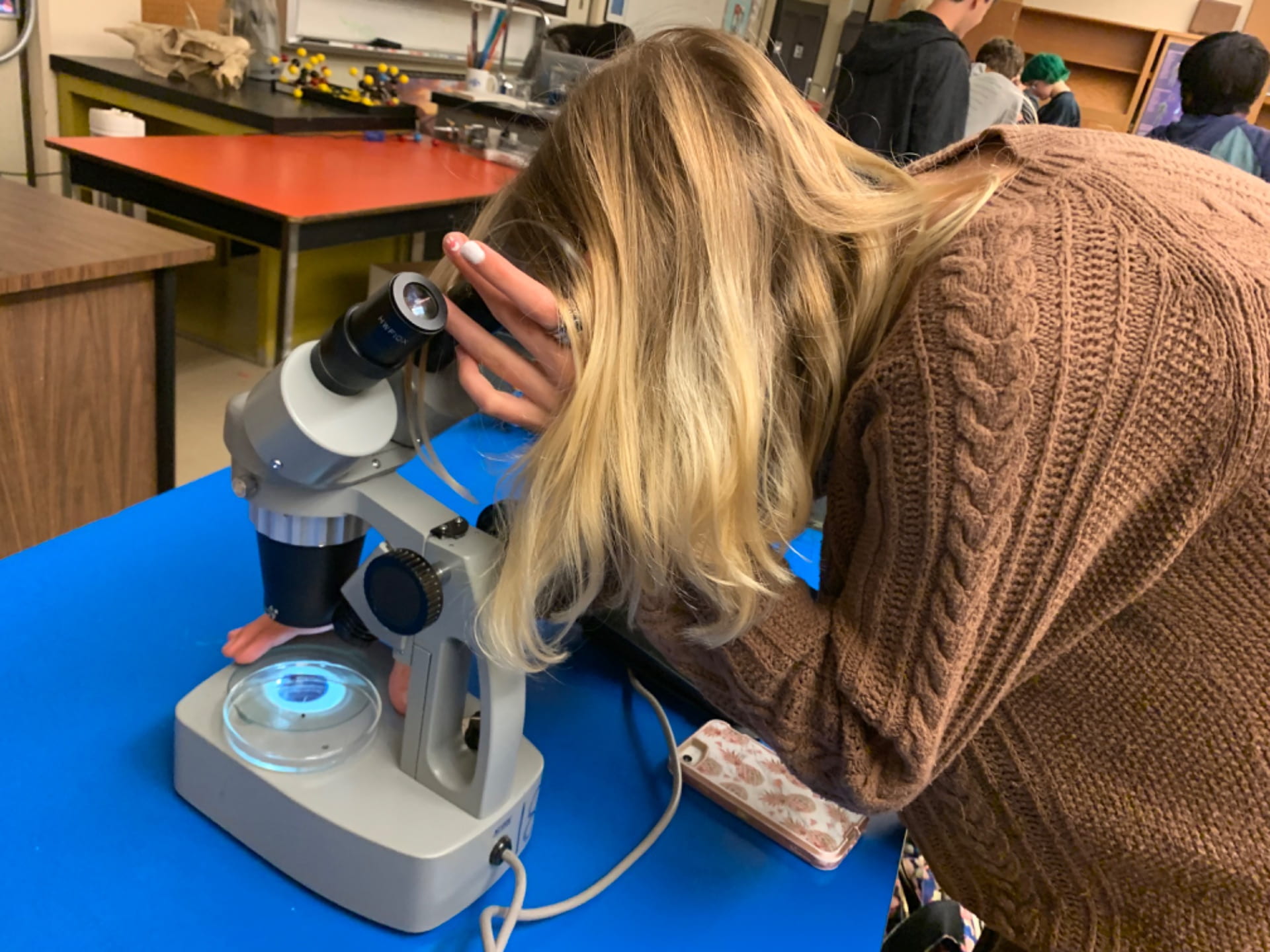What is life on Earth? How do living things sustain life? How do we achieve genetic diversity in living things? Well, lucky you, we pondered all of these question in our latest science project, about biology.
This post isn’t like a regular summative project post, because to sum up most of my learnings, I made a quick, educational video on what I’d learnt. I’ll show you that video at the end of this post, but first I wanted to break down what this project was all about and some
We started off by learning about how living things reproduce asexually. We learned about 5 different methods of asexual reproduction, including spore formation, budding, binary fision, vegetative reproduction, and fragmentation. Ms. Kadi had prepared a few fun activities for us to observe these methods in real life living things. When learning about spore formation, we went out mushroom hunting in the forest, and brought back mushrooms and fungi that we had found in the wild. Mushrooms release tiny little spores of DNA, when the conditions are unfavourable, or they are dying themselves, so that they can reproduce. We cut off the tops of our mushrooms and put them face down onto pieces of paper. The next day, we checked on our mushroom, and the spores that had been released made nice spore prints, that we looked at under the microscope. When learning about fragmentation, we got to observe planaria ( a small, flatworm) who regenerates both chunks of its tiny body after beeing cut in half! It was quite interesting. Did you know starfish can do that too, after losing an arm? I didn’t, so I thought that was quite interesting.
To show our understanding, we made short comic strips on each of the methods we learnt about. Make sure to check them out!!
© Gwenyth R: art, all rights reserved.
Then we learnt about the 3 stages of sexual reproduction: mating, fertilization, and development. We watched some really neat videos of mating rituals that other animals perform, just to get the attention of a female. Usually the male does all the impressive prep work, and the female decided if he’s good enough. Mating is the process in which animals go through to get the gametes, in the same spot, at the same time. We watched this white spotted puffer fish make a sand masterpiece of art to attract the female. I loved this one. It truly defies belief.
Aren’t living things just fascinating!! Anyways, I can’t go in to to much detail or I’ll spoil my entire video, but we also learnt about how life is sustained, and passed on through cellular division, with mitosis and meiosis. Okay now, watch my summative learning video!
Reproduction is the how of every living thing around us came to be, and this project helped me dive in to the cellular level of reproduction. The learnings, observing, and creating in this project has made me deepen my understanding of how life works and just how interesting living things are, spiking the curious biologist in me.
Thanks for watching and reading! I would love to hear what you think of my video in the comments below.







